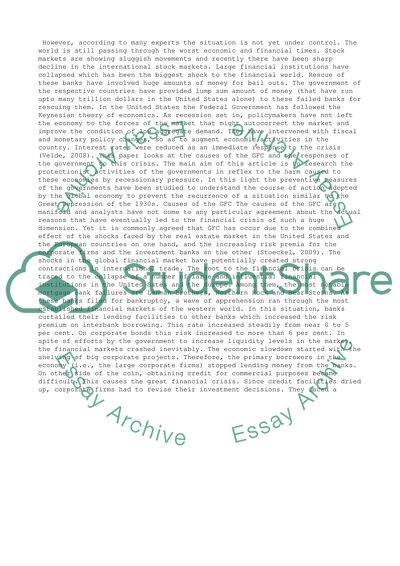Cite this document
(“The questions below are of a generic nature Essay”, n.d.)
The questions below are of a generic nature Essay. Retrieved from https://studentshare.org/business/1483531-the-questions-below-are-of-a-generic-nature
The questions below are of a generic nature Essay. Retrieved from https://studentshare.org/business/1483531-the-questions-below-are-of-a-generic-nature
(The Questions below Are of a Generic Nature Essay)
The Questions below Are of a Generic Nature Essay. https://studentshare.org/business/1483531-the-questions-below-are-of-a-generic-nature.
The Questions below Are of a Generic Nature Essay. https://studentshare.org/business/1483531-the-questions-below-are-of-a-generic-nature.
“The Questions below Are of a Generic Nature Essay”, n.d. https://studentshare.org/business/1483531-the-questions-below-are-of-a-generic-nature.


